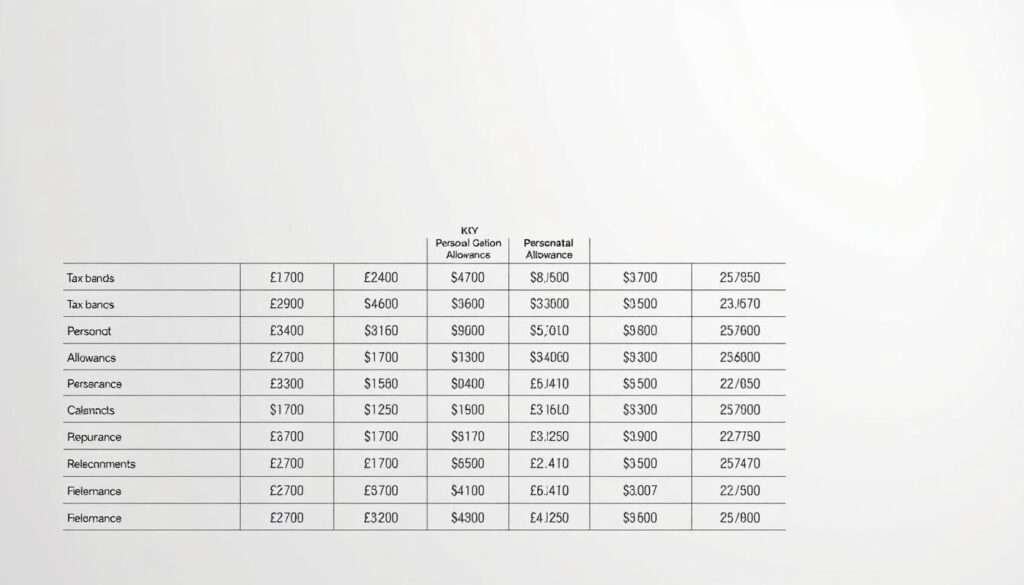Did you know that over 60% of UK adults worry about their financial security? Many people rely solely on their monthly salary, leaving them vulnerable to unexpected life changes. This is where alternative earning strategies become crucial for building lasting wealth.
Unlike traditional employment where you exchange time for money, passive income represents earnings that continue flowing with minimal daily effort. While it requires initial investment—whether time, money, or both—the potential rewards can transform your financial future.
However, building streams of revenue is only half the battle. Protecting your hard-earned money from risks is equally important. Whether it’s equipment damage or public liability concerns, having the right coverage ensures your wealth remains secure.
This guide explores how these two financial tools work together. We’ll show you practical ways to generate income while implementing protective measures that safeguard your earnings against life’s uncertainties.
Key Takeaways
- Passive income requires upfront effort but can provide ongoing financial returns
- Traditional employment alone may not offer sufficient long-term security
- Diversifying your revenue streams creates multiple channels for wealth building
- Protecting your earnings is as crucial as generating them
- Different income models require specific types of coverage
- Initial investment is typically needed before sustainable income develops
- Combining earning strategies with protection ensures financial stability
The Fundamentals of Passive Income
Many people believe that earning money only happens when you are actively working. This traditional view limits financial growth. There is another way to build wealth that works for you even when you are not directly involved.

This approach involves creating avenues that generate returns with minimal daily effort. It is a powerful shift from trading hours for pounds.
Active Income vs Passive Income
Active earnings come from a salaried job. You work, you get paid. It is a direct exchange of time for money. The moment you stop working, the payments typically cease.
In contrast, the other method requires an initial input. This could be time, capital, or creativity. Once established, these ventures can produce ongoing returns. The key difference is the scalability and autonomy they offer.
Popular Passive Income Streams
There are many types of these revenue channels. They generally fall into two categories based on the initial commitment required.
- Low-investment: Options like blogging or affiliate marketing need less capital. They are lower risk but may take longer to show significant returns.
- High-investment: Avenues such as rental property or stocks require more money upfront. They often have higher earning potential but carry greater financial risk.
The best choice depends on your budget, skills, and how much risk you are comfortable with. Diversifying across several streams is a smart strategy for stability.
Passive Income & Insurance: A Comprehensive Overview
Building financial streams requires foresight. A solid financial plan must include protection for your ventures. This overview connects these two vital areas.

Cover is not just for emergencies. It is a strategic tool for long-term stability. It ensures your efforts today are not lost tomorrow.
Why Insurance is Essential for Income Protection
Unexpected events can disrupt even the most reliable earnings. The right product acts as a safety net. It provides a financial cushion when you need it most.
Consider a landlord with a rental property. Specialist cover protects that investment from tenant issues or property damage. This protection is crucial for maintaining steady returns.
Types of Policies and Their Benefits
Different ventures need different solutions. Business cover can safeguard various projects. Public liability protection is vital if your work involves the public.
Policies offer flexibility. You can often choose premium amounts and terms to suit your budget. This customisation makes protection accessible for many earners.
The benefits are clear. You gain confidence to grow your ventures, knowing you have a back-up plan. This peace of mind is invaluable for long-term success.
Evaluating Investment Strategies for Steady Returns
Different investment approaches offer varying levels of risk and reward for wealth creation. Understanding these differences helps you choose strategies matching your financial goals and risk tolerance.

High Investment Options: Property and Stocks
Property investment requires significant capital but can deliver strong returns through rental yield. Landlords must consider compliance requirements and tenant management alongside potential rental income.
Stock market investments offer another high-capital approach. Dividend-paying shares provide regular earnings based on your investment amount. For example, £10,000 invested in stocks with a 5% dividend yield generates £500 annually.
Real Estate Investment Trusts (REITs) combine property exposure with stock market liquidity. Bonds provide fixed interest payments, offering predictable returns over the investment term.
Low Investment Avenues: Blogging and Affiliate Marketing
Digital ventures like blogging need minimal money upfront but demand substantial time investment. Success depends on content quality and audience building before meaningful returns appear.
Affiliate marketing follows similar patterns. While lower risk financially, these options typically take longer to generate substantial earnings compared to high-investment strategies.
Diversifying across different investment types creates a balanced portfolio. This approach helps manage risk while optimising overall returns across market conditions.
Insurance Options to Safeguard Your Earnings
Many successful investors understand that safeguarding earnings is as important as creating them. Choosing the right protection requires careful consideration of your specific situation.

Different ventures need tailored solutions. A property investment demands specialist landlord cover. This goes beyond standard home policies.
Landlord, Business and Public Liability Insurance Considerations
Landlord policies protect both your physical asset and rental revenue. They typically cover building damage, loss of rent, and liability claims.
Business protection is vital for various ventures. It safeguards equipment, stock, and your earning capacity against unexpected events.
Public liability becomes essential when your activities involve others. This cover protects against injury or property damage claims from third parties.
When selecting a plan, compare what’s included and excluded. Consider premium costs against potential risks. The right policy offers peace of mind while protecting your financial future.
Tax Implications and Regulatory Considerations
Understanding your tax obligations is a crucial step in managing any earnings outside of traditional employment. The rules differ depending on your overall financial situation.
It is vital to know which allowances apply to you and when you need to inform HMRC about your additional money.

Understanding UK Tax Thresholds
If you already have a job, you can benefit from the trading allowance. This lets you earn up to £1,000 tax-free from various side ventures in a tax year.
You only pay tax on the amount you earn above this limit. For those whose main source of money is from these ventures, the personal allowance applies.
For the 2023-24 tax year, this is £12,570. You pay no tax on earnings below this threshold.
Above this, tax rates apply in bands. Earnings between £12,571 and £50,270 are taxed at 20%.
Income from £50,271 to £125,140 is taxed at 40%. Any amount over £125,140 incurs a 45% tax rate.
Keeping clear records of all your earnings is essential. If your profits exceed the £1,000 allowance, you must register as self-employed with HMRC.
This ensures you meet your legal duties and avoid penalties over the long term.
Practical Tips for Building and Diversifying Income Streams
Successful wealth creation begins with a well-structured approach to diversification. Thorough research helps identify opportunities that match your skills and resources. This careful planning sets the foundation for sustainable financial growth.

Patience is crucial when developing new revenue sources. Most ventures require significant time before generating meaningful returns. Maintaining your regular employment provides stability while your portfolio matures.
Strategies for Reinvesting and Growth
Diversification reduces risk by spreading efforts across multiple streams. This approach ensures that if one venture underperforms, others continue to generate money. A balanced portfolio creates more stable overall earnings.
Reinvesting profits accelerates long-term growth. Channel earnings back into expanding successful ventures or launching new ones. This compounding effect progressively builds your financial foundation.
Set realistic targets for savings and future earnings. Systematic investment in high-performing areas maximises returns over time. This disciplined approach helps navigate competitive markets effectively.
Final Thoughts on Securing Your Future Earnings
The journey toward genuine financial freedom combines consistent wealth-building with thoughtful protection measures. This approach transforms short-term gains into lasting security for your future.
Building sustainable earnings requires patience and strategic planning over many years. The benefits extend beyond your working life, creating opportunities for early retirement and greater life flexibility.
Protecting your accumulated wealth is equally vital. Comprehensive cover evolves alongside your growing portfolio, safeguarding years of effort from unexpected risks.
Consider how your strategy contributes to a broader financial legacy. Well-structured plans can provide ongoing benefits for future generations, securing your family’s interests.
Markets and opportunities continue to evolve. Stay informed and adapt your approach to maintain relevance and growth potential in changing conditions.
The most important step is beginning today. Evaluate your current situation, identify suitable streams, research protection options, and take concrete action toward the financial future you envision.











